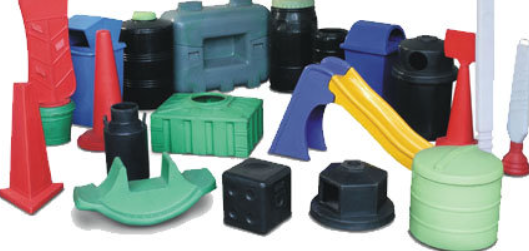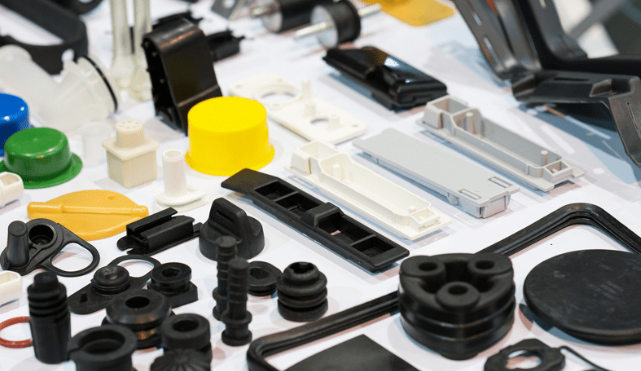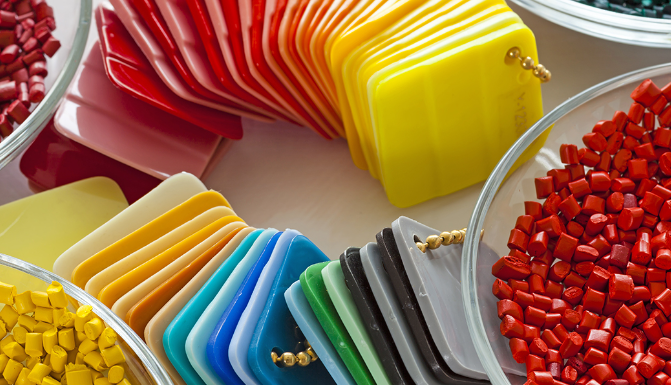Roto moulding is ideal for large, hollow products, whereas injection molding excels at producing high-volume, intricate parts rapidly.

Overview of Roto Moulding
Roto moulding, also known as rotational moulding, is a unique plastic manufacturing process. It is particularly suitable for creating hollow, complex, and large items. Unlike injection moulding, roto moulding involves a heated hollow mould which is filled with a charge or shot weight of material. It is then slowly rotated (usually around two perpendicular axes) causing the softened material to disperse and stick to the walls of the mould.
Process of Roto Moulding
- The process begins with loading a polymer powder into the mould.
- The mould is then heated in an oven while it rotates, causing the powder to melt and coat the interior of the mould.
- After the mould is cooled, the final product is removed. The cooling phase is crucial to ensure the product solidifies with the desired properties.
Materials Used in Roto Moulding
- Polyethylene (PE) is widely used due to its strength and durability.
- Polyvinyl chloride (PVC) and polypropylene (PP) are also popular choices for their flexibility and chemical resistance.
- Nylon and polycarbonate can be used when higher strength and temperature resistance are needed.
Advantages of Roto Moulding
- Economical for small runs due to low tooling costs.
- Versatility in product size and thickness.
- Stress-free products with no seams or joints, enhancing durability.
- Excellent surface finishes and a wide variety of colors and textures.
Limitations of Roto Moulding
- The cycle time can range from 15 minutes to several hours, which is slower compared to injection moulding.
- Limited to polymers that can be ground into a fine powder.
- The cost efficiency decreases significantly as the production volume increases.
- Wall thickness can be difficult to control, which might affect the product’s quality and durability.
Overview of Injection Molding
Injection molding stands as a prime manufacturing process for producing parts by injecting molten material into a mold. It’s a method where industries prefer for mass production due to its capability to churn out high volumes of identical plastic parts. The intricacies of design that injection molding can handle are extensive and complex.
Process of Injection Molding
- Begins with melting plastic pellets to a liquid state.
- A high-pressure injection system forces the molten plastic into a pre-designed mold.
- After injection, the material cools and solidifies into the final part, which is then ejected from the mold.
Materials Used in Injection Molding
- Thermoplastic polymers like Polyethylene (PE), Polypropylene (PP), and Polystyrene (PS) are common.
- Advanced composites and thermosetting plastics for higher strength and temperature resistance.
- Additives such as UV inhibitors and plasticizers to enhance product performance.
Advantages of Injection Molding
- High production speed with cycles ranging from a few seconds to a couple of minutes.
- Precision in producing complex shapes with tight tolerances.
- Ability to process a wide range of materials and colors.
- High efficiency with an excellent part-to-part consistency.
Limitations of Injection Molding
- High initial costs due to expensive tooling.
- Limited to thermoplastic and thermosetting polymers.
- Design constraints that might affect the moldability of the part.
- Potential for waste and higher energy consumption compared to other methods.

Key Differences Between Roto Moulding and Injection Molding
The manufacturing world utilizes both roto moulding and injection molding for producing plastic parts, each excelling in different scenarios based on their inherent qualities.
Mold Design and Complexity
- Roto Moulding: Allows for complex designs with features like undercuts, which are costly in injection molding. Mold costs are significantly lower, making it ideal for large parts and small production runs.
- Injection Molding: Excels at producing highly detailed and complex parts. However, the complexity increases the cost of the mold, which can be justified by the high volume production.
Production Volume and Efficiency
- Roto Moulding: Suited for low to medium production volumes due to longer cycle times. Efficiency may not match that of injection molding for large quantities, but for small batches, it is more cost-effective.
- Injection Molding: Highly efficient for large production volumes, with cycle times that can be as short as a few seconds, greatly reducing the per-part cost in high volume runs.
Wall Thickness and Uniformity
- Roto Moulding: Produces parts with consistent wall thicknesses and can create hollow parts without any internal supports. However, achieving uniform wall thickness can be challenging and may vary between cycles.
- Injection Molding: Delivers precise control over wall thickness and can produce solid parts with varied wall thicknesses. The precision comes from the nature of the mold and the injection pressure.
Cost Considerations
- Roto Moulding: The initial investment is lower due to inexpensive molds. The cost per unit decreases only slightly with increased volume, making it less effective for large scale production in terms of cost.
- Injection Molding: Requires a higher initial investment in tooling but offers a lower unit cost at high volumes. The break-even point depends on the complexity of the part and the quantity produced.
Selection Criteria for Manufacturing Processes
Selecting the right manufacturing process is critical for the efficiency, cost-effectiveness, and quality of the final product. Manufacturers must consider various factors, such as the part’s design, the desired material, the required volume, and the budget.
When to Choose Roto Moulding
Choose roto moulding when the design calls for large, hollow parts with uniform wall thickness. It is ideal when the production volume is relatively low, as the molds are cheaper to produce. This process also offers more flexibility in terms of shape and size, and it is more cost-effective for making prototypes or small batches. For instance, if the requirement is for 100 large, hollow tanks with a moderate budget, roto moulding would be a suitable choice. This process allows for adjustments in wall thickness to accommodate different strength needs without significantly impacting the cost.
When to Choose Injection Molding
Injection molding is the go-to method for high-volume production, especially for small to medium-sized parts. It is highly efficient, with a cycle time that can be minutes or even seconds, depending on the complexity and size of the part. This efficiency makes it possible to produce large quantities at a lower unit cost. Additionally, if the part requires fine details, tight tolerances, or involves complex geometries, injection molding can achieve these features consistently. For example, if the production of a million bottle caps is needed, injection molding would provide the speed and volume at a competitive cost. The precision of the process ensures that each cap will meet strict quality standards.

Case Studies: Roto Moulding vs. Injection Molding in Industry
Exploring industry case studies can highlight the practical applications of roto moulding and injection molding, offering insight into their selection criteria and outcomes.
Roto Moulding: Kayak Manufacturing
- A kayak manufacturer chooses roto moulding for its ability to create durable, seamless boats.
- The process allows for the inclusion of varied features like rod holders and foot wells without the need for additional assembly.
- The cost of production per kayak is kept low due to the minimal waste during the manufacturing process.
- The kayaks produced have a uniform wall thickness, increasing their durability and lifespan, which is vital for customer satisfaction and brand reputation.
Injection Molding: Automotive Parts Production
- An automotive company uses injection molding for producing high volumes of door handles with complex internal mechanisms.
- This method allows for the integration of metal parts within the plastic during the molding process, ensuring a strong bond and reducing post-molding assembly.
- The precision of injection molding meets the stringent quality requirements of the automotive industry, providing parts that are robust and have a consistent quality.
- With a cycle time of approximately 30 seconds per part, the company achieves a high production efficiency, keeping the production cost per part low while maintaining a high production volume.




